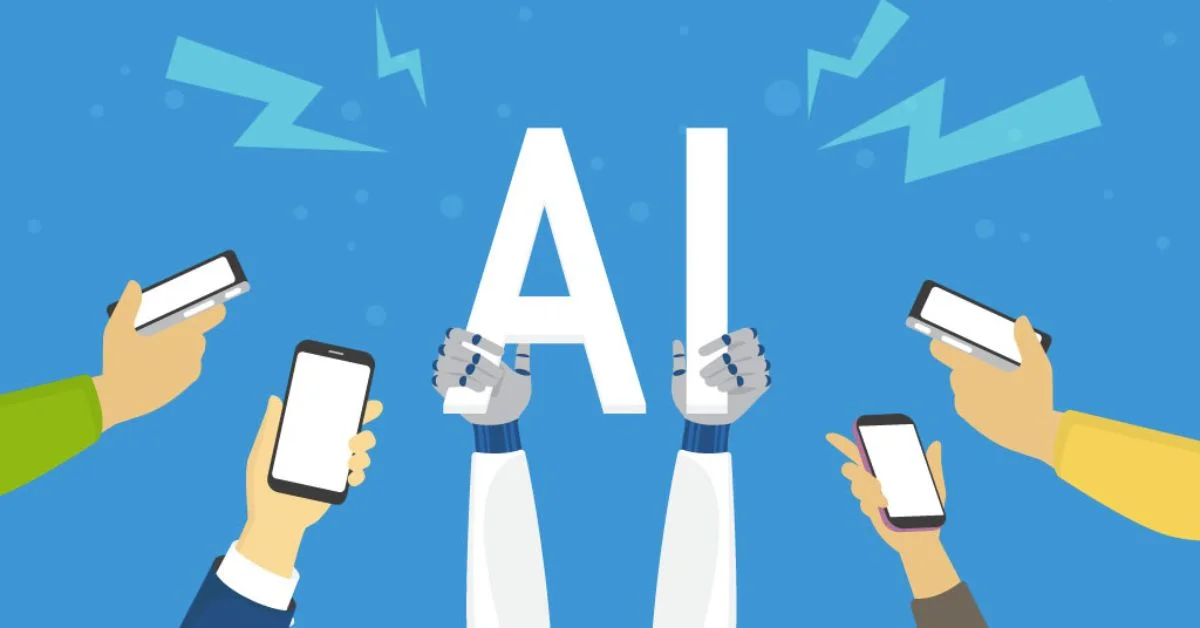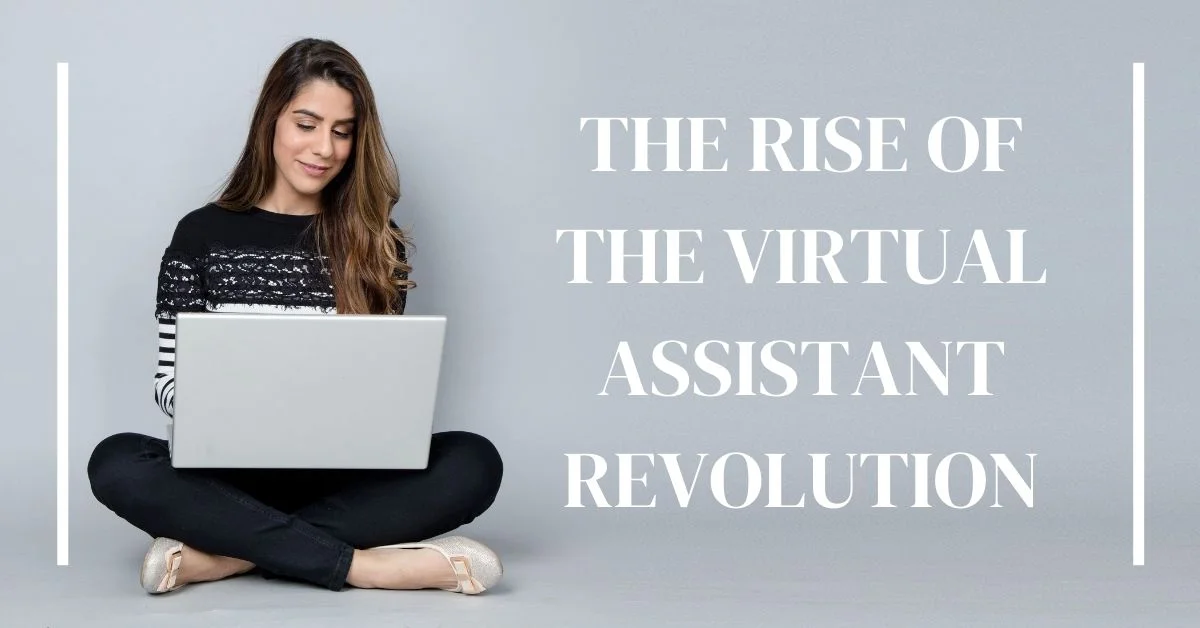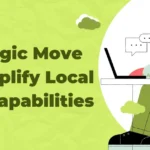Picture this: you wake up to a gentle sunrise alarm set by your voice. While showering, you ask your smart speaker for the weather and traffic updates. At work, your virtual assistant schedules meetings, transcribes conversations, and even drafts personalized emails.
As you head home, you use voice commands to dim the lights, preheat the oven, and order groceries all before stepping through the door. This glimpse into the future is our reality today, thanks to the remarkable rise of virtual assistants (VAs).
These digital companions, once relegated to smartphones and sci-fi movies, have infiltrated our homes, workplaces, and even cars, transforming the way we interact with technology and information. From the early days of Siri’s “What can I do for you?” to the advanced capabilities of Google Assistant and Alexa, VAs have come a long way, evolving from simple command executors to intelligent assistants capable of anticipating our needs and seamlessly integrating into our lives.

Beyond Voice Commands: The Power of AI and NLP
The secret sauce behind the rise of VAs lies in the potent combination of Artificial Intelligence (AI) and Natural Language Processing (NLP). NLP allows VAs to understand the nuances of human language, including context, intent, and sentiment. This goes beyond recognizing keywords; it’s about deciphering our meaning, even when expressed through incomplete sentences or casual speech.
AI, on the other hand, fuels the learning and adaptation capabilities of VAs. VAs constantly analyze our interactions, preferences, and routines, allowing them to personalize their responses and evolve alongside our needs.
More Than Just Assistants: VAs Transforming Industries
The impact of VAs extends far beyond our personal lives. In healthcare, VAs are facilitating patient consultations, scheduling appointments, and even providing cognitive therapy support. In education, they’re revolutionizing classrooms with personalized learning modules and real-time feedback.
In businesses, VAs are streamlining customer service, automating repetitive tasks, and freeing up human employees for more strategic work. The possibilities seem endless, with VAs poised to reshape practically every industry imaginable.
The Human-AI Dance: Collaboration and Coexistence
But is this AI takeover something to fear? Will VAs eventually replace us entirely? The answer is a resounding no. While VAs are undoubtedly powerful tools, they are not meant to supplant humans. Rather, they are designed to augment our capabilities, freeing us from mundane tasks and allowing us to focus on what truly matters: creativity, critical thinking, and human connection.
The future lies in a symbiotic relationship between humans and AI, where we leverage the strengths of each to create a more efficient, productive, and ultimately, more fulfilling world.
Navigating the Ethical Landscape: Privacy, Bias, and the Responsible Development of VAs
However, this AI revolution comes with its own set of challenges. Concerns regarding data privacy, algorithmic bias, and the potential displacement of jobs require careful consideration. We must ensure that VAs are developed and deployed ethically, respecting user privacy and avoiding discriminatory practices. Furthermore, transparent guidelines and regulations are crucial to fostering trust and ensuring responsible AI development.

Evolving Beyond Convenience: VAs as Companions and Storytellers
The future of VAs is not just about efficiency and productivity. Imagine a world where your VA is not just an assistant, but a friend, a confidante, even a storyteller. VAs could tailor personalized narratives, offering escapism and entertainment based on your mood and preferences. They could even facilitate communication across language barriers, fostering global understanding and connection.
As we delve deeper into the world of AI, the possibilities for VAs are seemingly limitless. From orchestrating our daily lives to enriching our emotional well-being, these digital companions stand poised to transform the human experience in ways we can only begin to imagine. The question is not whether VAs will take over, but how we, as humans, will choose to partner with them to create a future that is not only efficient and convenient, but also equitable, creative, and profoundly human.










